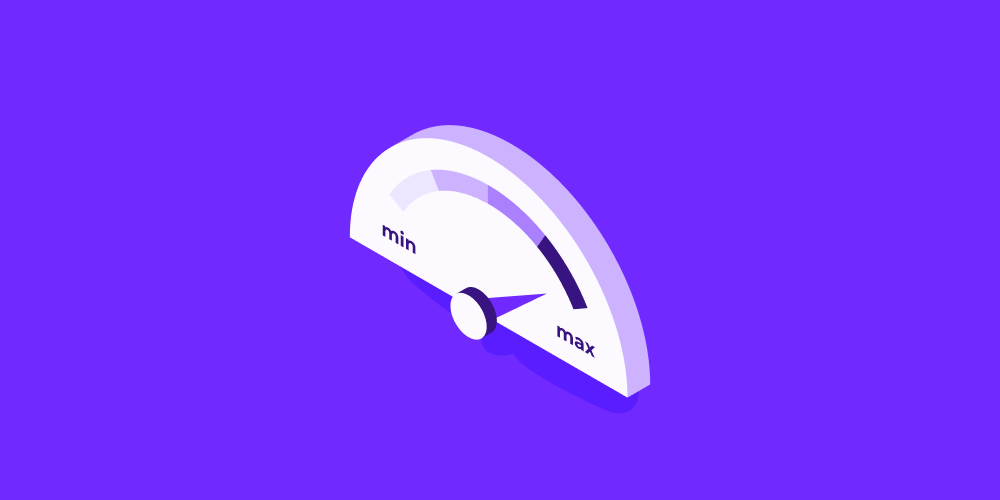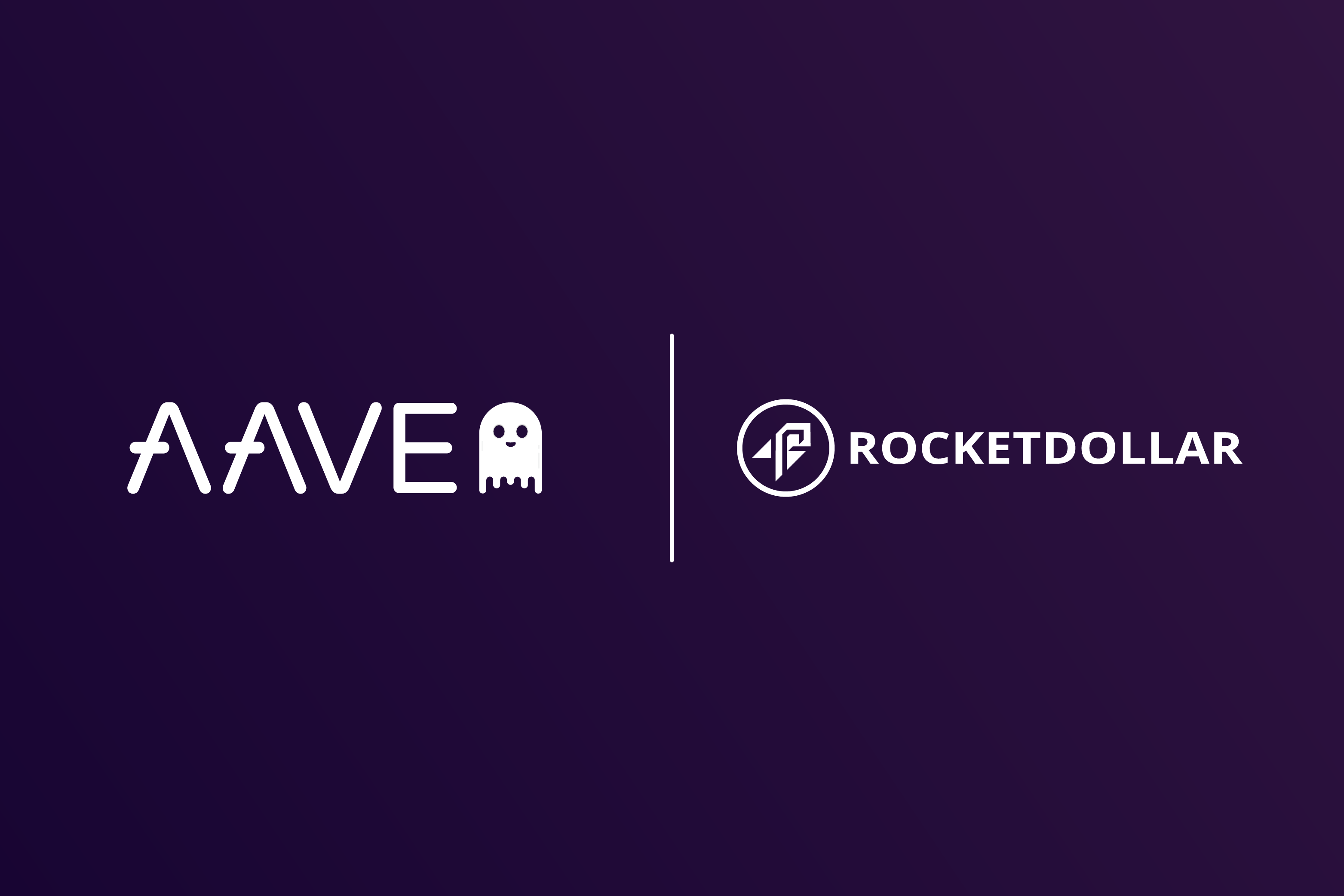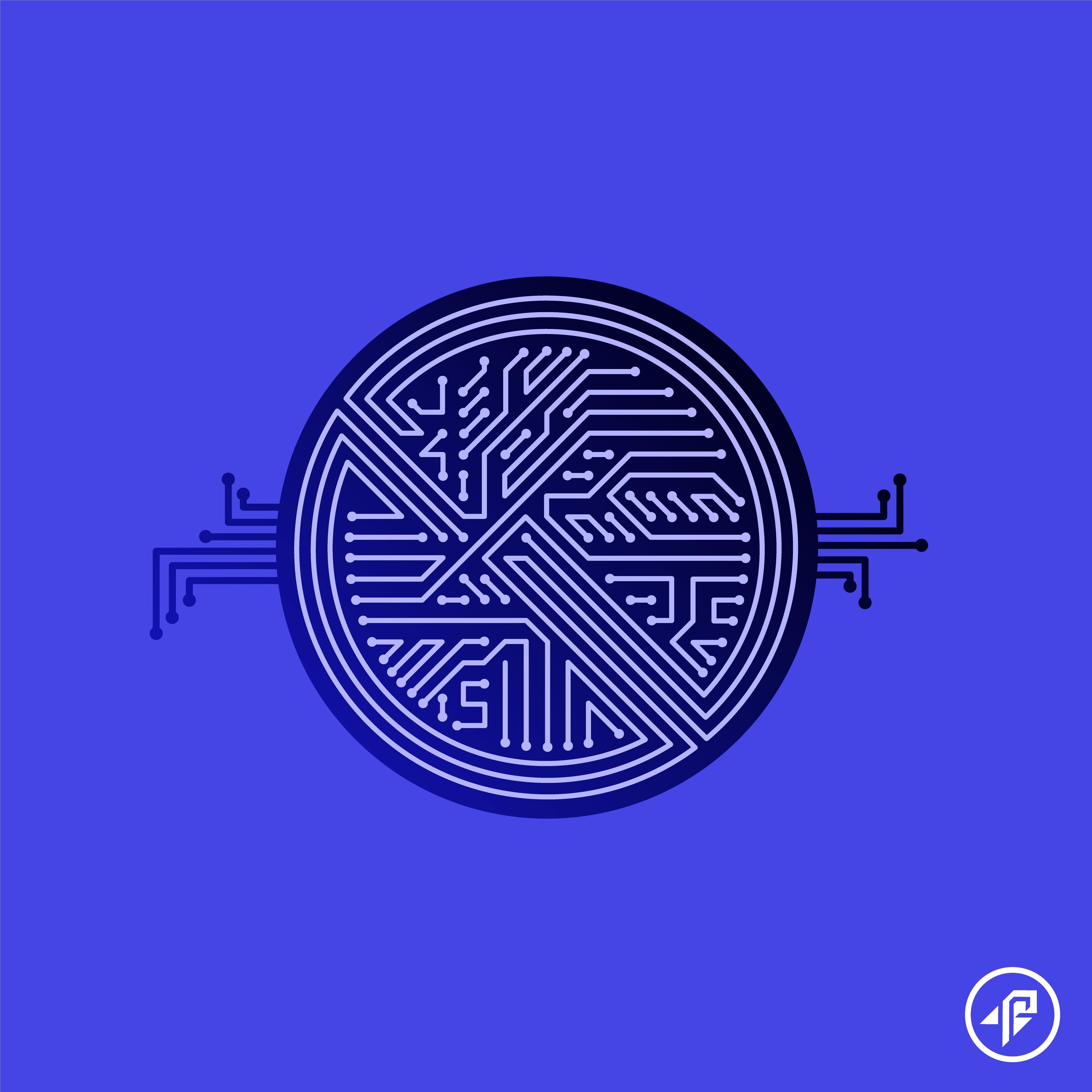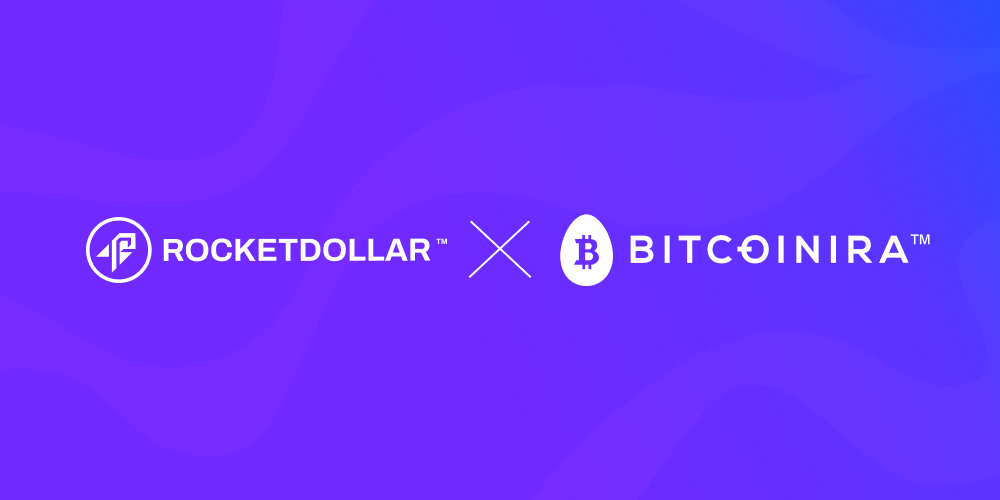How to Maximize Your Retirement Savings with a Self-Directed Solo 401(k)
If you’re self-employed, you understand both the freedom and responsibility that come with running your own business. You may also be eligible to...
By now, you’ve likely heard of decentralized finance (DeFi). With its steep rise in value, it would be hard not to: from less than a $10B market capitalization in 2019 to over $209B today. It’s becoming more evident that there may be something to this DeFi phenomenon. But what exactly is DeFi, and how does it differ from traditional financial services? In this article, we’ll explore those differences and how the unique features of DeFi benefit users who choose to participate in this emerging financial model.
Decentralized finance is the term used to describe the emerging financial system that utilizes blockchain and smart contract technology to eliminate the reliance on traditional institutions as intermediaries.
DeFi encompasses many of the conventional financial services you’re accustomed to using, such as peer-to-peer transactions, borrowing, lending, etc. It differs in that it removes the need for transactors to trust a third party for verification. This paradigm shift in how we think about trust decreases transaction times, reduces fees, and gives people greater control over their money. Before we talk about how DeFi is expressly used, it’s helpful to understand some common terminology, like blockchains, smart contracts, and decentralized applications.
Blockchain is a system in which a record of transactions, especially those made in a cryptocurrency, is maintained across computers that are linked in a peer-to-peer network.
DeFi generally runs using blockchain technology as its underlying foundation. Blockchains act as digital and immutable ledgers of transactions stored on distributed networks and verified by validators. When transactions are conducted within DeFi, they are added to a greater “block” of transactions. A block can be simply defined as a virtual database with limited storage. As each of these databases reaches its limit in the number of transactions it can hold, it’s then linked to the previously filled blocks, creating the blockchain. This creates an immutable ledger because once a block is added to the blockchain, it cannot be removed or changed. Validators, also known as “blockchain verifiers,” are computers that utilize constant network computations to verify the accuracy and order of transactions. Validators prevent situations like double-spending or overfilling blocks.
Smart contracts are self-executing programs built on blockchains that perform a function when predetermined conditions are met.
Being self-executing contributes to the “trustless” nature of DeFi, or the elimination of a reliance on a trusted third-party intermediary to facilitate agreements or transactions. Additionally, smart contracts are often publicly verifiable so users can review the code themselves, understand how it works, and determine if it functions as intended. Self-execution speeds up transaction and execution times and reduces associated costs. Also, since they utilize blockchain technology, smart contracts are encrypted, making them far less vulnerable to hacks or security breaches. Smart contracts are used throughout crypto and DeFi, and facilitate transactions such as escrow services, trading, borrowing/lending platforms, and even NFTs. We’re even seeing smart contracts outside of crypto within industries like real estate, healthcare, and logistics. Smart contracts are what enable decentralized applications, more commonly referred to as dapps.
Dapps are similar to the everyday applications you’re used to, except they are built on blockchains using smart contract technology. You can think of dapps as the front-end, or “face,” of blockchain and smart contract technology.
Dapps enable all of the benefits we’ve covered, such as decentralization, immutability, and autonomy, while remaining user-friendly enough for the less technically inclined to interact with and derive value. For example, Aave is one of the most popular decentralized lending protocols within DeFi. Their user interface is as intuitive as something you might see with your favorite finance or investing app. Still, the backend is primarily all smart contracts and blockchain technology. This combination results in a relatively seamless user experience with the benefits of decentralization, namely peer-to-peer lending, and borrowing, without the need for a centralized third party.
Now that you have a baseline understanding of DeFi, let’s review some of the key features and why they’re important.
Openness, or financial access, is an anchor tenant of DeFi as it’s open to anyone with an internet connection and a crypto wallet. Crypto wallets are free and easy to create and allow users to “self-custody” their funds. Self-custody means that users hold and are in total control of their own money. You can think of it as being your own bank or how you have and manage cash within your physical wallet. Self-custody allows users to direct the flow of their funds however they want without needing permission, assistance, fees, or wait times that third parties often introduce. However, with freedom comes risk, meaning that users are also responsible for the safety of their funds. Conversely to traditional finance or investment vehicles, there is often no backstop or FDIC to insure against losses. This is a tradeoff between total financial control and third-party custody that users must decide for themselves.
Along with being an open financial network, DeFi is also permissionless. There are no “know your customer” (KTC), geographical, or minimum fund requirements to transact. Removing these requirements opens up participation in DeFi to a global user base. Compared with setting up a bank or stock trading account, creating a crypto wallet and transacting takes minutes and can be done anywhere, at any time.
DeFi is also trustless. As discussed earlier, DeFi removes the need for a trusted third party to transact between two or more parties, such as a bank or a financial institution. Instead, DeFi uses the aforementioned smart contracts to facilitate transactions, and public ledgers, verified by validators, serve as a source of verification. This eliminates both the need for a third party and for parties to know or trust each other before conducting a transaction.
After reading this, you likely recognize plenty of similarities and differences between centralized/traditional finance and DeFi. Users must evaluate the tradeoffs between each option to decide what’s most suitable for them. Removing third-party services like customer verification and financial intermediaries can significantly reduce transaction speeds and costs. However, centralized parties are also often insured, offering greater peace of mind if something were to go awry. Ultimately, there is likely a future in which traditional finance and DeFi converge to find the middle of the Venn diagram to facilitate financial innovation for the masses.
To see the benefits of DeFi in action or to learn more about Gauntlet’s work with Aave, check out some of the other pieces we’ve published in the Gauntlet blog.

If you’re self-employed, you understand both the freedom and responsibility that come with running your own business. You may also be eligible to...

In today’s investing landscape, many individuals are asking the question: What are the benefits of investing in alternative assets? As traditional...

Alternative asset investment is no longer reserved for hedge funds and institutional players. Thanks to platforms like Rocket Dollar, everyday...

Hands down one of the coolest digital asset apps out there, Aave brings the power of Decentralized Finance or “DeFi” to life for Rocket Dollar...

1 min read
Congratulations on taking your Self-Directed account into the 21st century! The IRS allows you to take your hard-earned dollars and retire with...

1 min read
Our webinar featuring BitcoinIRA and Rocket Dollar was an insightful discussion on maximizing your crypto investments. Here are the key takeaways: